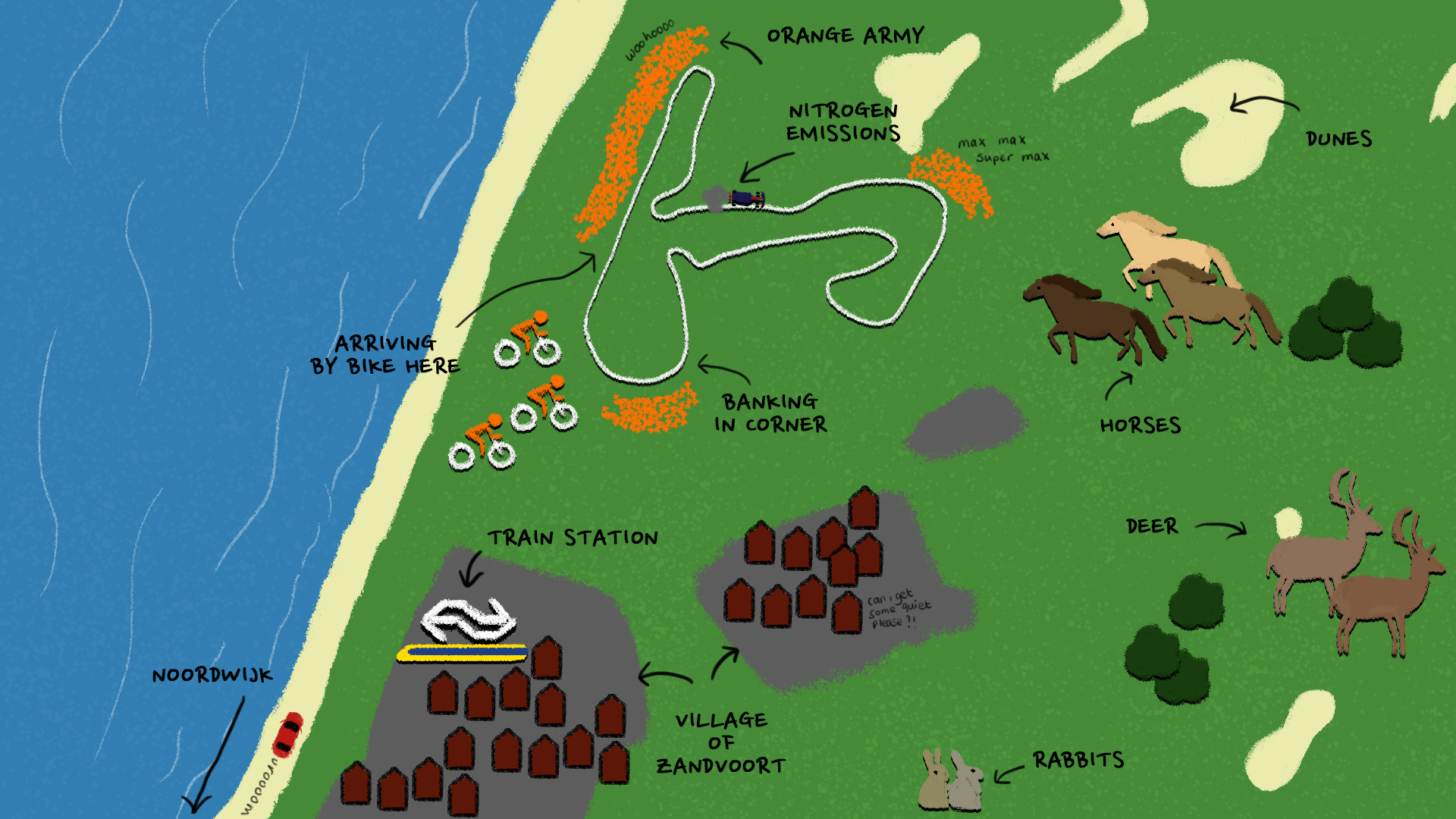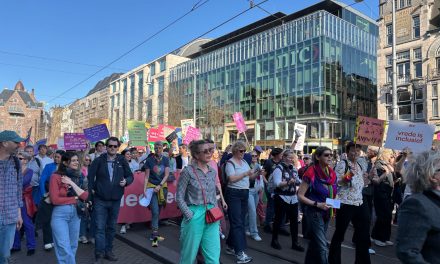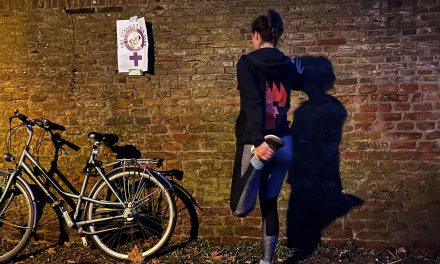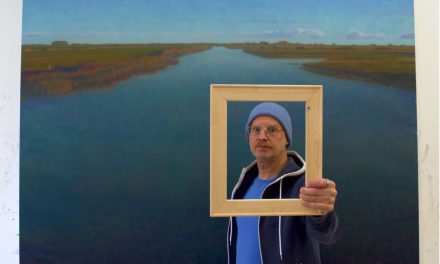Formula 1 has been around for ages and it’s been watched by millions of people all around the globe. In the last couple of years, the popularity in the Netherlands has been increasing enormously all because of one young Dutchman: Max Verstappen. Ever since he started driving for the former Toro Rosso Team (now AlphaTauri), the Dutch fans and Formula One Management (FOM) wanted a race in the Netherlands. In 2019, Dutch fans were ecstatic when it was announced that Zandvoort would organise a Grand Prix in 2020. The race was postponed until 2021 due to the ongoing pandemic, but 2021 could be the first time since 1985 we see Formula 1 cars racing on track.
Organising a Dutch Grand Prix
Max Verstappen made a huge impact on the sport. Not only in the Netherlands, where the Orange Army is cheering for him every race, but all over the world, people are following the 23-year-old racing talent. Formula 1 expert and journalist Maurits Kappetijn: “Before 2014, only a select group was watching Formula 1 steadily. The sport exploded, at least in the Netherlands, when Max Verstappen started driving for Toro Rosso. The sport had fallen asleep and with the Dutch finally having a person to cheer for, everybody started watching the sport again. He became a national hero.”
There were three events that led to organising a Dutch Grand Prix, according to Kappetijn. “First of all, Max started racing really well and created lots of new fans. Secondly, Zandvoort and its political parties wanted to research if they wanted to have another Grand Prix in the Netherlands. They started looking for support, lobbying with the circuit and potential business partners. Third of all, the FOM saw all of the Dutch fans coming to races. Austria, Belgium but even Australia and Japan saw a sea of orange fans, called the Orange Army, cheering for Max Verstappen. The FOM saw this happening and thought it would be amazing if they could organise a race in the Netherlands because it will have 100,000 of those orange fans.”
Before a race could be held, there was some reconstruction needed to the circuit. The last time a Formula 1 race was held in Zandvoort was in 1985. Cars have gotten a lot bigger since then, especially in their width. The FIA, who’s responsible for safety matters in the sport, had to inspect the circuit again. They deemed that the pit lane was too unsafe and should be brought backward. The circuit has one straight, the place where cars go the fastest, and the pit entry was on that straight. Furthermore, overtaking on the circuit in Zandvoort is really hard. The road is narrow and the straight is a bit too short. The last corner, just before the straight, received the biggest upgrade to improve racing on the circuit. Jarno Zafelli and his company Dromo Circuit Design, in corporation with Circuit Zandvoort, thought of a way to improve racing: by adding banking to it, where the surface of the road becomes angled instead of horizontal. That way, the driver can take this corner full-speed without having to move the steering wheel too much. This all makes the corner a lot faster and has added a new way for overtaking. Another corner got some banking added to it and kerbstones were added. All to make racing more challenging and safe for Formula 1 in 2021.
Another deemed problem regarding the Dutch Grand Prix is the infrastructure around Zandvoort. The roads are easily blocked, even when the Dutch are enjoying the nearby beach on a sunny day. Having 100.000 Formula 1 fans on the circuit is guaranteed to give more problems. A mobility plan was written in which Zandvoort and the circuit looked at how people were going to attend the race. The central train station needed adjustments to be able to transport such a large amount of fans. Parking lots and shuttle busses were added nearby. And in true Dutch fashion, the circuit is expecting 50,000 fans coming by bike so bicycle parking lots are also needed. “It’s part of the Dutch identity. But this way, it’s also good for our image. It’s our way of showing who we are and where we’re from”, Kappetijn said.
The environmentalists concerns
Along the way, the circuit has also seen a lot of protests by environmentalists. The circuit is located in the dunes, a protected nature reserve. These dunes are home to animals and the environmentalists fear for the wellbeing of these animals. The reconstruction, the influx of people, and the noise regarding the circuit is seen as bad for the flora and fauna nearby. Environmentalists have been very vocal to get their point across, some of which with success. The only lawsuit that the court hasn’t responded to yet, is that the environmentalists say that nitrogen emissions during the race weekend are 15% higher than the circuit claimed. Nitrogen emissions are a painful subject in the Netherlands, which even stopped the construction of new buildings in the entire country for six months. We are yet to see a verdict on this.
Another large opponent for the Dutch Grand Prix is an organisation fighting against the noise around Zandvoort’s circuit. What they want is to decrease the noise disturbance around Circuit Zandvoort and stop Formula 1 from going there. A petition set up by the organisation has been signed by 10,000 people. Regarding the noise, Zandvoort is the municipality with the most complaints about noise in the entire country. That’s because the circuit is used 240 days a year – not only for Formula 1 but with other races as well.
During the race week, a few Formula 1 teams are staying in a hotel in Noordwijk. The normal route from the hotel to the circuit is 23 kilometres long. However, these teams want to travel safely and have asked for a route that’s 17 kilometres long and in a straight line: over the beach. And that beach was the reason for backlash, as it is a nature reserve for seals and birds. Driving by car through this area was disastrous for the animals, said environmentalists. However, the plan was accepted – be it with electric or hybrid cars that can’t go faster than 30 kph.
“In the end, the circuit, the FOM, and these environmentalists have to agree with each other. Zandvoort is owned by everybody. How do nature’s interests outweigh economic and social interests? Those are some difficult considerations that have to be made but I’m sure they can figure something out”, Kappetijn said regarding the environmental issues.
What’s next?
In the end, it’s the FOM who decides whether the race will go on. 100,000 fans are expected, and if the pandemic is still ongoing by September, the race will be canceled or postponed. “A race without an audience is of no use. The FOM wants to have a race here because of the fans. And without fans, 50 percent of the desire to race here is gone. And without fans in the grandstands, there will be no money coming in.” We will have the final verdict whether the race can go on by the beginning of July. Fingers are crossed, one the one hand for the environmentalists to stop the race from happening and on the other hand for all the Dutch fans waiting for Max to come back.

A visual representation of Zandvoort and its surroundings during a race weekend




